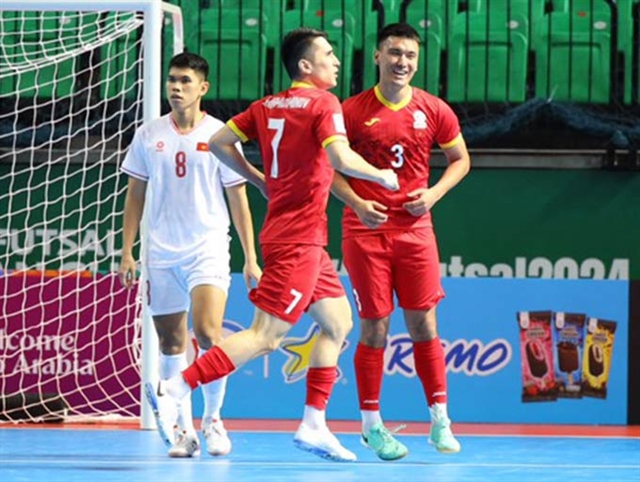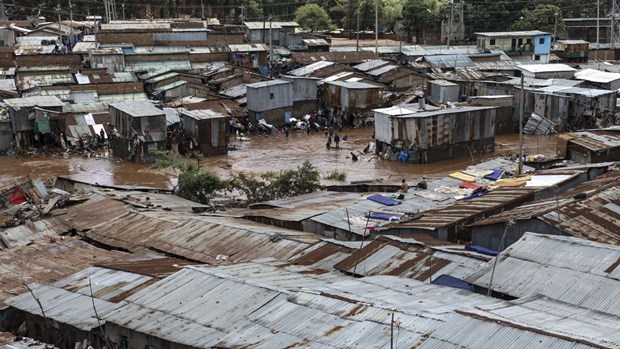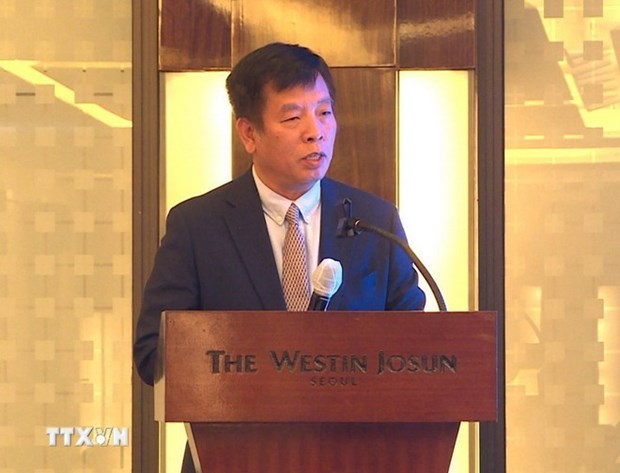 Society
Society
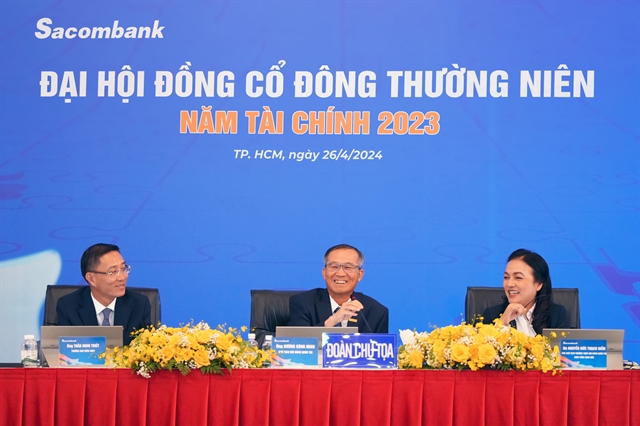
" />More than 10 years ago, authorities in HCM City made plans to build underground parking lots but due to various reasons, plans remained on paper, even as traffic jams increased and the number of registered vehicles soared.
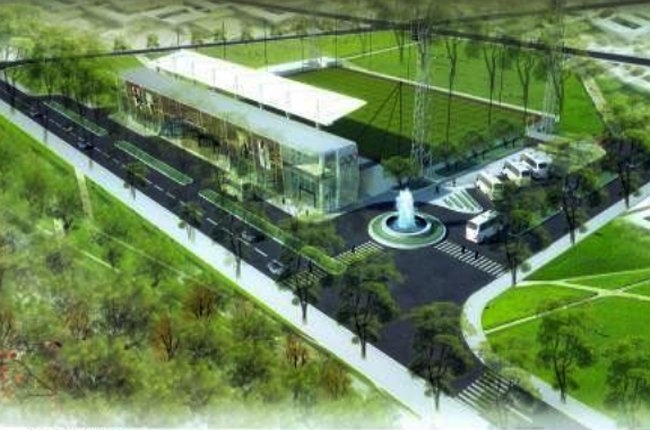 |
| A project to build car park at Tao Đàn Park has changed its investors because earlier investors had found it difficult to get refunds.— Photo thesaigontimes.vn |
HCM CITY – More than 10 years ago, authorities in HCM City made plans to build underground parking lots but due to various reasons, plans remained on paper, even as traffic jams increased and the number of registered vehicles soared.
HCM City now has about 10 million transport vehicles, including 700,000 automobiles. Each day, more than 100 new cars and 900 motorbikes are registered.
Though the city has allowed parts of 110 streets to be used for motorbike parking, supply has not met demand. And while more car parks exist on a number of streets in District 1, they also cannot meet demand.
Many residents say that areas designated for parked cars have obstructed business activities of shops, and are unsanitary as well.
A number of drivers from other provinces have complained about challenges face while finding a parking space. They often have to drive around the city looking for a space, and park on roads closed to motor vehicle traffic.
The roads allowing parking and toll car parks are often used for cars driven by people “familiar” with toll-car keepers. In addition, the areas also are sometimes used for parking lots for companies located nearby.
Plans for car parks
A plan for the first underground car park in HCM City, to be located in Lê Văn Tám Park in the city’s District 1, has not progressed since the groundbreaking ceremony in 2010.
Projects to build car parks at Tao Đàn Park and Hoa Lư Stadium have changed their investors because earlier investors had found it difficult to get refunds.
They said that underground car parks required huge investments, while car-parking fees were low (VNĐ4,000 per motorbike and VNĐ20,000 per car) and regulated by the city authority.
With a total built-up area of 103,225 sq. metres beneath Lê Văn Tám Park, the project envisages an eight-floor underground building with 70 per cent of the area for parking and three floors used as a commercial complex.
Lê Tuấn, director of the Underground Space Investment and Development JSC, said the project had been approved and the Underground Space Investment and Development JSC would build an underground car park and commercial complex with total investment of VNĐ4,560 billion ($207 million).
Vũ Xuân Nguyên, head of the Land Transport Construction Management Division under the HCM City Transport Department, said: “Investors are seeking business opportunities for four underground car park projects located downtown.”
Nguyên said these opportunities include BOT (Build-Operate-Transfer) and BOO (Build-Own-Operate) projects for which investors are completing formalities and preparing for groundbreaking ceremonies.
Other investors are conducting feasibility studies for two other BOO projects.
Nguyên said that incentives were needed to help generate more investment in public car parks and help investors overcome difficulties.
Installation with rapid execution is required for sites in small areas, Nguyên added.
According to figures from HCM City Department of Transport, the number of cars in the city is increasing by 15 per cent each year. A severe parking shortage is expected in the future.
By August 2015, the city had about 300,000 cars and 2.4 million motorbikes, and needed 250ha of parking space, according to transport officials.
But HCM City still has only 10 parking lots with a total area of less than 8ha.
Trang Quang Phương, deputy director of the city’s Transport Department, said several parking lots had been planned for the central districts 1, 3 and 5 to accommodate cars, buses and light trucks.
Most underground parking garages would be sited in the central city because of the heavy flow of cars and buses to the area, dense with businesses and shops, he said.
The transport authorities also plan to locate other parking lots in districts 6, 10 and 11 and outlying districts, although these districts have a low density of cars and trucks, according to Phuong.
To meet the immediate demand for car parking, District 1 authorities will allow cars to park on a number of large roadsides and strictly ban parking on other roads to ensure traffic safety.
The city government also plans to offer incentives to prospective builders to entice domestic and foreign investment in car parks, including preferential bank loans, subsidy loan interest rates during the construction period, and reduction of land rental prices and taxes. —VNS

